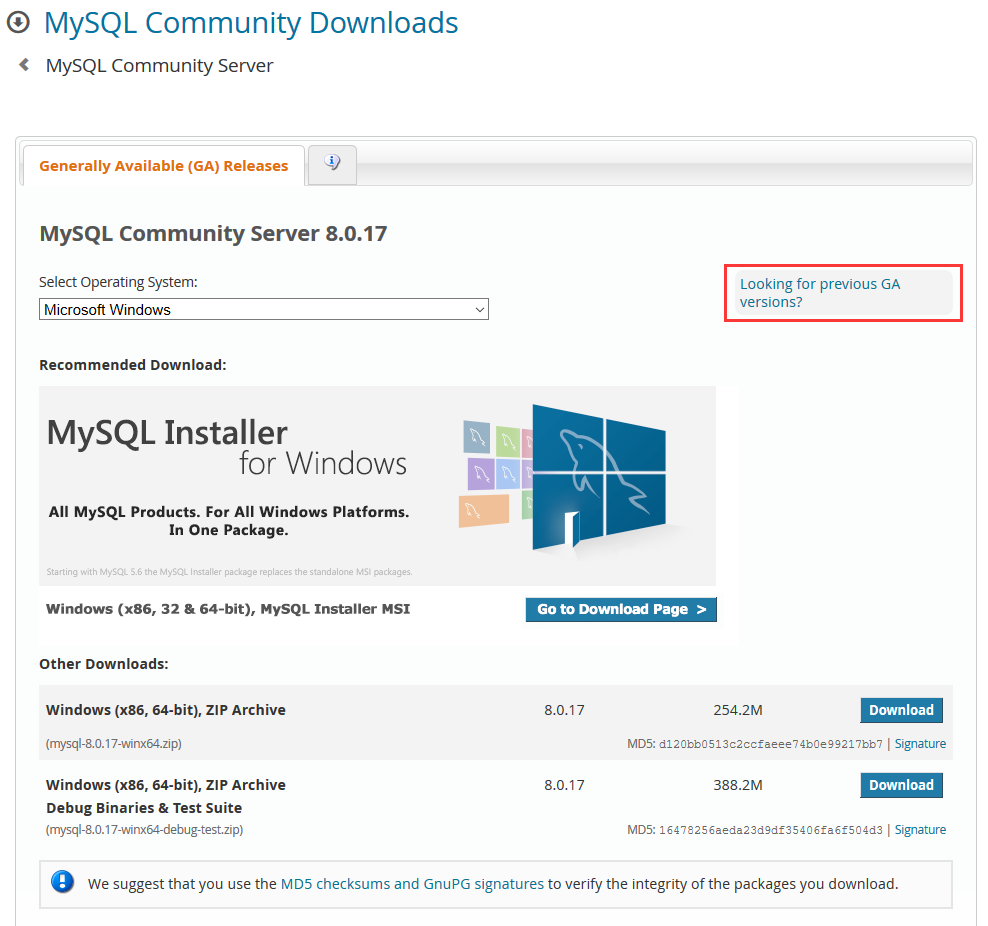


If above file gives error in extraction, download the file to your local system by putting below URL in browser Ģ. NOTE: BELOW STEPS IN THIS POINT 1 are OBSOLETE now and no more required # yum install leapp leapp-repository cockpit-leapp wget

Install leapp utility and cockpit related packages to view the report in GUI and download additional required data file required for upgrade.Update all packages to the latest RHEL 7 version: # yum update -yĬustomize it as per the inclusion and exclusions as per your requirmenets GENRATING AND ANALYZING PRE-UPGRADE REPORT In case you are using version lock plugin that should also need to be cleared # yum versionlock clearĦ. Setting Redhat subscription manager to take content for current release or latest one # subscription-manager release -set 7.9ĥ. Ensure to have base and extras repository enabled and enable if not already enabled # subscription-manager repos -enable rhel-7-server-rpms # subscription-manager repos -enable rhel-7-server-extras-rpmsĤ. System should be registered with any patching mechanism Like Redhat CDN or Satellite or Free Subscription to feed required packages at time of upgrade.ģ.Do have a full system backup (VM snapshot or by any backup utility).Thorough analysis of report generated by Leapp utility and fixing the issues reported there.Valid Redhat subscription attached (Here we are using free Developer Subscription provided by Redhat).At the time of writing this document it is 7.9 The server should be having latest variant of RHEL 7 installed.PLANNING STAGE – CONSIDERING PRE-PREQUISITES So this in-place approach which we are referring here is more timesaving and cost-effective if used properly. Not every time you want to create an additional RHEL 8 server first to perform an upgrade and then installing applications on top of it.

This document provide instructions on how to upgrade your system from Red Hat Enterprise Linux 7 to Red Hat Enterprise Linux 8 using leapp utility.


 0 kommentar(er)
0 kommentar(er)
